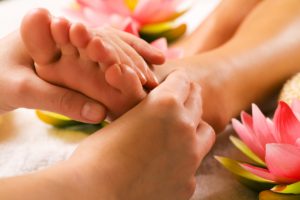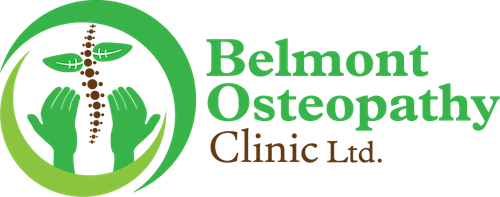
What is Reflexology?
Reflexology is described as an ancient natural healing therapy based on the principles that there are reflexes in the hands and feet which correspond with every part, gland, and organ of the body.
Reflexology has been around for centuries. Evidence of foot work has been found in China, India, Japan, Europe, and Egypt. There are records suggesting that the ancient Egyptians and Chinese practiced a form of reflexology before 2,330 BC.
A Reflexologist will use their hands, thumb and finger techniques with pressure, to stimulate, balance, and create harmony within the body. The four main benefits of reflexology are: relaxation, reduction of stress, increased circulation, and normalization of all body systems. Reflexologists do not diagnose, prescribe, or treat for specific conditions.
Who can benefit from Reflexology?
By helping the body to help itself, reflexology is beneficial for many of today’s chronic ailments and conditions such as; diabetes, chemotherapy and radiation side effects, depression, anxiety, sleep disorders, headaches, migraines, joint and muscle pain and many others. The relaxing nature of this modality can benefit the mental, emotional and physical states of the body.
What to expect during a Reflexology Treatment?
You will lie or sit down, remaining fully clothed except for your shoes and socks. The practitioner may wash your feet and soak them in warm water, then position them at his or her chest level. Generally a session lasts between 30-60 minutes. You can rest or talk during the session at your discretion. If you fall asleep during the session, you will still receive the benefits of the treatment. Feedback during the session is encouraged, and of course, you can request that the session stop at any time.
What is a reflexology treatment?
A complete reflexology therapy session uses many different techniques and includes all the points on both feet. The session generally starts at the areas on the sides and top of the foot, toes and works down to the heel of the foot.
By working all the points, the reflexologist addresses internal organs and glands as well as muscle groups, bones, nerve ganglions (solar plexus, brachial plexus) and nerves (sciatic) during a session. The reflexologist stimulates the nervous system to do the work it is not the therapist who ‘fixes’ it; the goal is rather to bring the whole body into balance (homeostasis) and then the pain will subside.
What will I experience during the session?
Experiences with reflexology sessions vary from a general sense of relaxation and rest to a conscious awareness internally of the area of the body where the practitioner is working through the foot.
What happens at the end of the session?
The practitioner may recommend that you drink water, rest if necessary, and pay attention to your body in the next few hours. If any questions or concerns arise, you should be able to call the practitioner.
How many sessions are needed?
The number of sessions varies and is determined by the client’s health and reasons for seeking reflexology. But in general, results from reflexology are often subtle and are cumulative.
